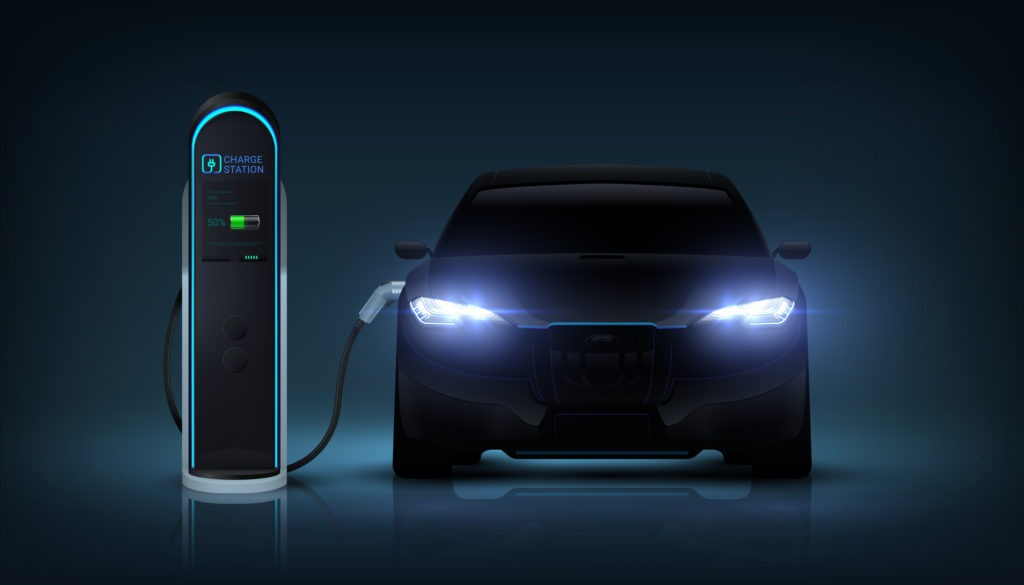In 2024, urban charging hubs are at the forefront of the electric mobility revolution, transforming how we power our vehicles in cities worldwide. With over 10 million electric vehicles (EVs) projected to be on the roads by the end of this year, according to Bloomberg Green, the demand for efficient and accessible charging solutions has never been higher. Urban charging hubs, strategically located in city centers, are set to redefine the EV experience by providing fast, reliable, and convenient charging options. In this article, we will explore how these hubs are changing the landscape of urban transport, the technology behind them, and what this means for the future of sustainable mobility.
The Rise of Urban Charging Hubs
What are Urban Charging Hubs and Their Importance?
Urban charging hubs are centralized locations equipped with multiple charging stations designed to accommodate a high volume of EVs simultaneously. These hubs are often located in busy urban areas, shopping centers, or transit points, making them easily accessible to commuters and city dwellers alike. The primary goal of these hubs is to alleviate “range anxiety”—a common concern among EV owners about running out of power before reaching a charging station.
- Key Features of Urban Charging Hubs:
- Fast Charging Stations: Capable of delivering up to 350 kW, reducing charging time to as little as 20 minutes.
- Multiple Connectors: Compatible with various EV models, including Tesla, Rivian, and Hyundai.
- Renewable Energy Integration: Many hubs are powered by solar or wind energy, enhancing their sustainability.
According to InsideEVs, cities like Los Angeles and London are leading the charge, with plans to expand their urban charging networks significantly by the end of 2024.
How Urban Charging Hubs Enhance the EV Experience
Urban charging hubs are not just about convenience; they are transforming the entire EV ecosystem. By providing fast and reliable charging options, these hubs encourage more drivers to transition from gasoline-powered vehicles to EVs, contributing to a healthier environment and reducing urban pollution.
- Benefits of Urban Charging Hubs:
- Reduced Waiting Time: With multiple charging points, the likelihood of queues is minimal.
- Increased Accessibility: Located in high-traffic areas, making it easier for urban residents to access charging facilities.
- Enhanced User Experience: Many hubs offer amenities like Wi-Fi, coffee shops, and lounges, turning charging into a pleasant experience.
According to a report by the International Energy Agency (IEA), the presence of well-distributed urban charging infrastructure could increase EV adoption rates by up to 30% in metropolitan areas.
The Technology Behind Urban Charging Hubs
Innovations Driving Urban Charging Infrastructure
The technological advancements in urban charging hubs are pivotal to their success. From ultra-fast charging capabilities to smart grid integration, these innovations are setting new standards in electric mobility.
- Ultra-Fast Charging: Companies like Tesla and Volkswagen are pioneering ultra-fast charging technology, enabling EVs to gain up to 80% charge in under 15 minutes.
- Smart Grid Integration: Urban charging hubs are increasingly connected to smart grids, optimizing energy distribution and reducing costs.
- Battery Storage Solutions: Utilizing advanced battery storage to manage peak demand and ensure consistent energy supply.
Sustainable Energy Solutions for Urban Hubs
Sustainability is at the heart of the urban charging hub revolution. Many hubs are incorporating renewable energy sources, such as solar panels and wind turbines, to power their stations. This integration not only reduces the carbon footprint but also promotes energy independence.
- Solar-Powered Stations: PV Magazine highlights several hubs that have installed solar canopies, generating clean energy on-site.
- Wind Energy Utilization: Some urban hubs are exploring wind energy, particularly in areas with favorable wind conditions.
Practical Tips for Urban EV Charging
How to Use an Urban Charging Hub
Using an urban charging hub is straightforward, but there are a few tips to maximize your experience:
- Plan Ahead: Use apps like PlugShare or ChargePoint to locate nearby hubs and check real-time availability.
- Membership Benefits: Consider joining charging networks for discounts and priority access.
- Stay Informed: Sign up for alerts to get notifications about new hub installations or updates in your area.
Comparing Urban Charging Hubs
When choosing an urban charging hub, consider the following factors:
- Location: Proximity to your home or workplace.
- Charging Speed: Ensure the hub offers fast charging compatible with your EV.
- Amenities: Additional services like rest areas or dining options can enhance your experience.
Conclusion: The Future of Urban Charging Hubs
Urban charging hubs are undeniably a game-changer in the electric vehicle landscape, poised to support the rapid growth of EVs and contribute to a more sustainable urban environment. These hubs not only address the practical challenges of EV charging but also enhance the overall experience for users, making the switch to electric vehicles more appealing.
As we look to the future, the expansion and technological advancement of urban charging hubs will continue to play a crucial role in the global shift towards sustainable mobility. Are you ready to join the electric revolution? Share your thoughts and experiences in the comments below, and let’s drive the conversation forward.
With cities worldwide investing in these innovative solutions, urban charging hubs are set to become an integral part of our daily lives, paving the way for a cleaner, greener future.

